Institute of Urban Homesteading
Newsletter
August 2015
Hello Fine Folks
Did you ever notice how hard it is to get anything done when you are on vacation? I am more than a month in, every day seems super busy, but my list of projects is just as long as it was when I started. I have done quite a bit of canning with locally foraged fruit here in the north bay. The blackberries are abundant and coming on strong. I have made some jam and looking forward to using my steam juicer to make quarts of juice and blackberry wine. The ground is littered with windfall apples here in Gravenstein country so I have made several batches of sauce and butter. I am learning what to do with the abundant harvest of peppers from my hot house and of course my melons all came ripe at once, so dehydrated melons it is (if you have never dehydrated melons you should consider it—it works surprisingly well and the resulting product is akin to chewy candy). I finally go round to making my first cornbread from corn I grew and ground myself and have assembled the equipment necessary to try my hand at nixtamalization and grinding corn to masa for homemade tortillas. I still hope to have some time for tanning and working with rabbit skins, catching up on sewing projects, designing a website and writing a book. LOL!!!!
In the meantime, we have slowed down but not ground to a halt here at IUH, please check out our offerings coming up in September below. The full fall schedule will be officially announced the 1st of September, but feel free to register for classes listed on the calendar anytime.
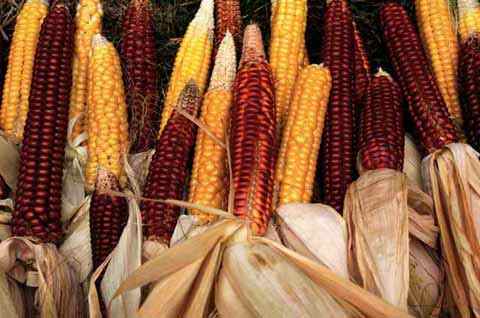
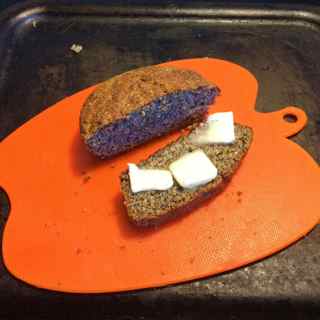
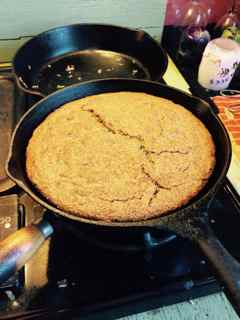
Ruby Cascade-Gold Flint Corn harvested in 2014 and the cornbread I made from the red ears only.
Urban Farm Tour 2015~ Hayward Eden Area
Tickets on Sale!!
September 12, 9am-3pm
Please join us for another fabulous farm tour! Featuring the most excellent examples of urban farming we can find in the area, this tour of farms from Cherryland to Hayward to Castro Valley shows diverse options from a 9 acre hobby farm to a moderately sized homestead on a typical urban lot. you will see bees, chickens, goats, worm composting, vertical gardening, polycultures, waterwise gardens, pollinator habitat and creatve reuse. Ask questions, get inspiration and sample some of the bounty these farmers are producing.
Advance ticket purchaser can pick up their itinerary at our staging area the morning of the event. Once you have your itinerary you will drive yourself to the various sites. For those who wish it, we’ll try to arrange carpooling onsite by group the day of.Bring a picnic lunch to eat in the garden or purchase food from local cooks at our park-like staging area.
General Admission $30, kids $18,
Low Income Ticket $20 , kids $12
Half day Ticket $20
Friends of the Farm Tour Ticket $50 (includes a gift of farm fresh egg or honey from our farmers)
Patron of the Farm TourTicket $75 (Includes eggs or honey plus Ruby Blume's Book, Eveyday Cheesemaking
Featured Sites
Invite Friends on Facebook
Purchase Tickets Here
Volunteer We need folks local to the area to help distribute flyers and one or two more people t help on the day of the event. Exchange for admission.
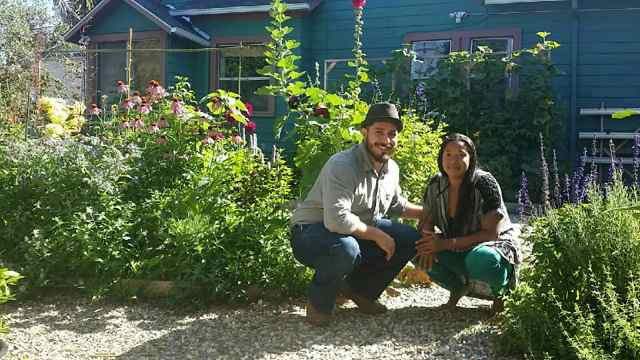
Vital Sow Farmers Kiyoko & Rodrigo ~ Get a preview of all the Hayward Area Farms on the Facebook page
Native Pollinators —Get Your Bee On
While honey bees abound here in the East Bay, we also have our share of native bumblebees and solitary bees. Bee scientists Gordon Frankie and Robbin Thorp have counted as many as 80 species of bees in the area. Bumblebees live in annual colonies. The queen bumblebee hatches in spring and creates a nest on her own. Once the first round of daughters is born, she stays in the nest and the daughters forage and raise young. At the end of the season, next years queens are born and mate. The colony dies off and these new queens go into hibernation underground until the cycle begins again. Other native bees are solitary and do not nest in colonies of any kind. A single female hatches, mates and prepares a nest with food for her young. She lays a single egg on a ball of food, called “bee bread” which is a mixture of pollen and nectar. This egg hatches, grows and undergoes metamorphosis on its own. Depending on the species a single female may lay between 15 and 60 eggs. There is a huge diversity of nesting behaviors, from the carpenter bee, which nests in wood to the leaf cutter bees who lines hollows with leaves, to the mining bees which nest in holes in the ground which they waterproof with their own secretions. See a small collection of my native bee photographs here. Want to learn more? Come to our class on Native Bees next month (see below).
Dreamweaver CS6 help needed
Any of you out there CS6 savvy and willing to donate an hour of your time? I recently upgraded and need a CSS tutorial. Unless you just happen to be in the North Bay (Santa Rosa/Sebastopol) I would likely request tutorial by phone and am a quick study. Also willing to trade for class hours or Farm Tour Tickets. Thanks!
Scenes From My Summer
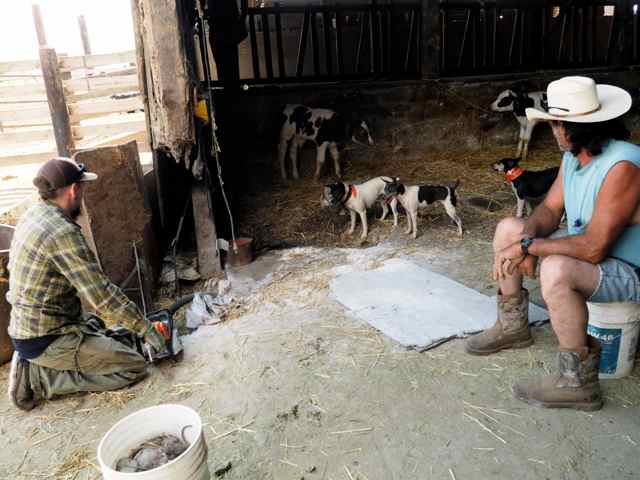
rat catching at a local dairy farm
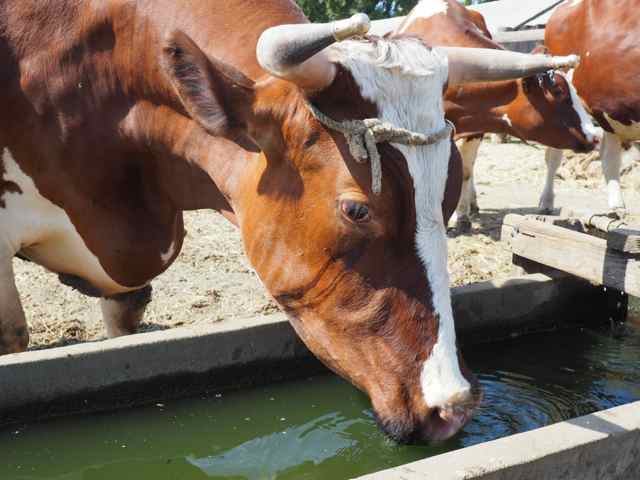
one big bull

puppy socialization
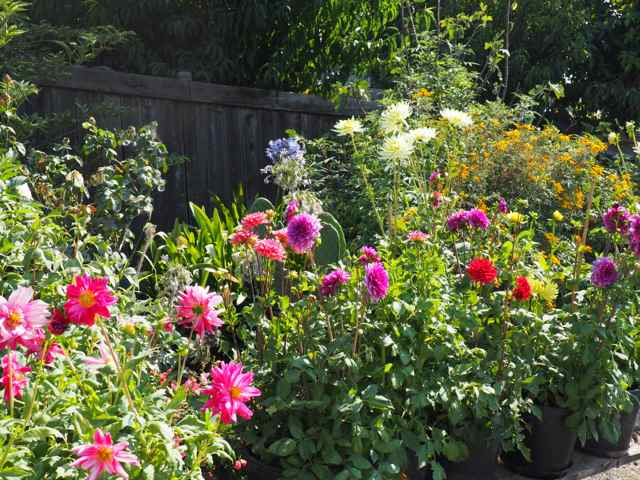
dahlias, dahlias and more dahlias